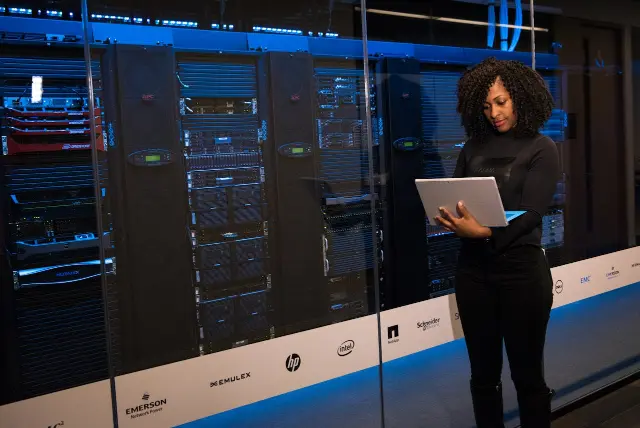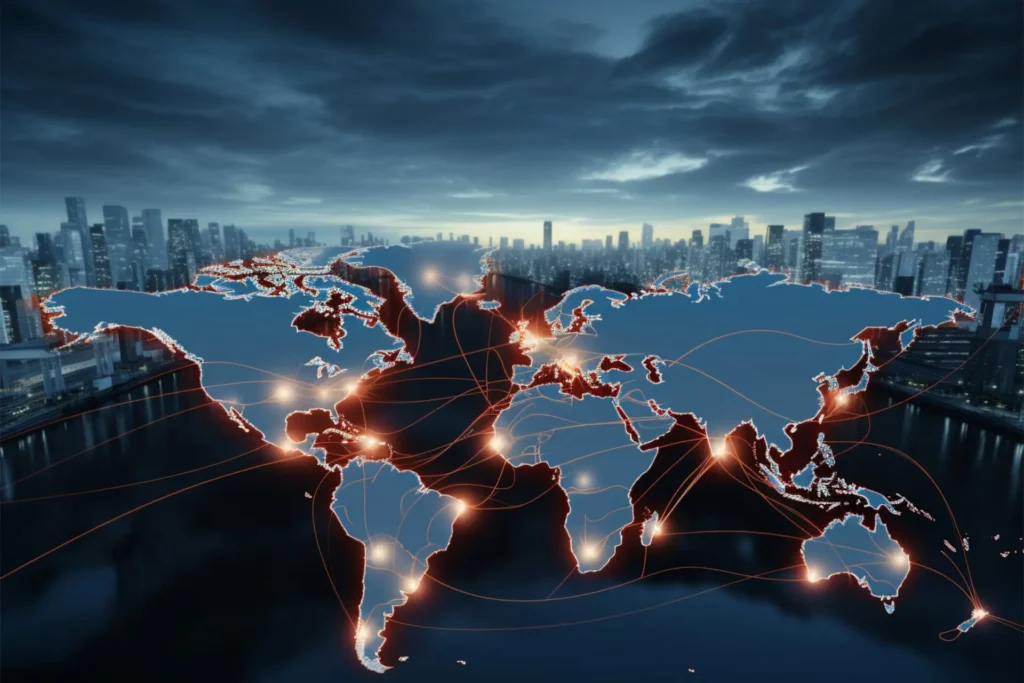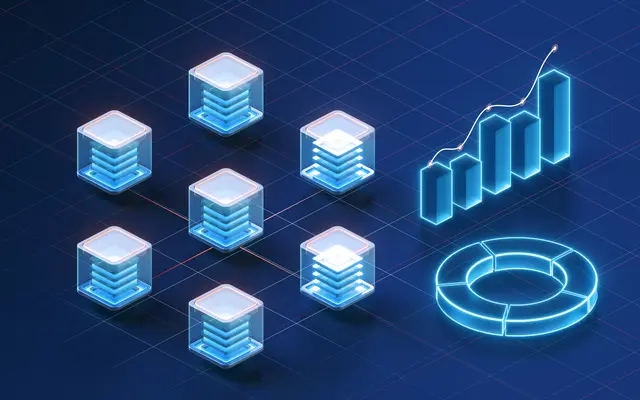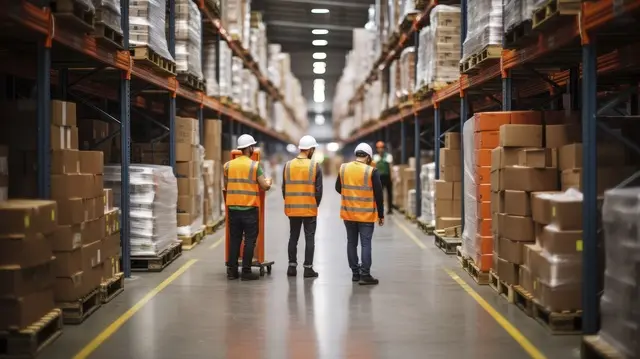Cross-Border Customs Clearance Automation: A Lifeline for Global Supply Chains
In today’s interconnected global economy, cross-border trade is essential for businesses of all sizes. However, the complexities of customs clearance can often create bottlenecks and delays, hindering supply chain efficiency and profitability. Cross-Border Customs Clearance Automation offers a lifeline to businesses, streamlining the entire process and empowering them to stay competitive in the global marketplace.
Python, AI, and cloud-based solutions are revolutionizing the way businesses approach customs clearance. By automating repetitive tasks, leveraging data analytics, and providing real-time visibility, these technologies are transforming the industry and delivering tangible benefits to businesses worldwide.

Python, AI, and Cloud: The Pillars of Cross-Border Customs Clearance Automation
Python is a powerful programming language that is ideally suited for developing unattended bots for cross-border customs clearance automation. These bots can be programmed to perform a wide range of tasks, such as:
- Extracting data from shipping documents
- Generating customs declarations
- Submitting declarations to customs authorities
- Monitoring the status of shipments
- Generating reports
Attended bots can also be developed using Python. These bots are designed to assist human workers with tasks such as:
- Data entry
- Document review
- Decision-making
Python’s versatility and ease of use make it an ideal choice for developing both unattended and attended bots for cross-border customs clearance automation.
Cloud platforms offer a number of advantages over traditional on-premises RPA/workflow tools orchestrators. These advantages include:
- Scalability: Cloud platforms can be scaled up or down to meet the changing needs of your business.
- Reliability: Cloud platforms are highly reliable and offer a 99.9% uptime guarantee.
- Security: Cloud platforms offer a high level of security, with features such as encryption, access control, and intrusion detection.
- Cost-effectiveness: Cloud platforms are typically more cost-effective than on-premises solutions.
AI can be used to improve the accuracy and efficiency of cross-border customs clearance automation. For example, AI can be used to:
- Classify shipments: AI can be used to classify shipments based on their contents, value, and destination. This information can be used to determine the appropriate customs clearance procedures.
- Detect anomalies: AI can be used to detect anomalies in shipping data. This information can be used to identify potential risks and prevent delays.
- Generate reports: AI can be used to generate reports on customs clearance activities. This information can be used to improve efficiency and identify areas for improvement.
Specific AI techniques that can be used to improve cross-border customs clearance automation include:
- Image recognition: Image recognition can be used to extract data from shipping documents, such as invoices and packing lists.
- Natural language processing (NLP): NLP can be used to extract data from customs declarations and other documents.
- Generative AI: Generative AI can be used to generate customs declarations and other documents.
By leveraging the power of Python, AI, and cloud platforms, businesses can automate their cross-border customs clearance processes and achieve significant benefits, including:
- Reduced costs: Automation can reduce the cost of customs clearance by eliminating the need for manual labor.
- Improved accuracy: Automation can improve the accuracy of customs clearance by eliminating human error.
- Faster clearance times: Automation can speed up the customs clearance process by eliminating delays.
- Enhanced compliance: Automation can help businesses comply with customs regulations by ensuring that all required documentation is submitted correctly and on time.

Building the Cross-Border Customs Clearance Automation with Python and Cloud
The cross-border customs clearance automation process can be broken down into the following sub-processes:
- Data extraction: Extracting data from shipping documents, such as invoices, packing lists, and certificates of origin.
- Data validation: Validating the extracted data to ensure that it is accurate and complete.
- Customs declaration generation: Generating customs declarations based on the validated data.
- Customs declaration submission: Submitting the customs declarations to customs authorities.
- Customs clearance status monitoring: Monitoring the status of customs clearance and receiving clearance approvals or notifications.
Each of these sub-processes can be automated using Python and cloud platforms.
Data Extraction
Python can be used to extract data from shipping documents using regular expressions and other text processing techniques. Cloud platforms can be used to store and process the extracted data.
Data Validation
Python can be used to validate the extracted data by checking for errors and inconsistencies. Cloud platforms can be used to store and process the validated data.
Customs Declaration Generation
Python can be used to generate customs declarations based on the validated data. Cloud platforms can be used to store and process the generated customs declarations.
Customs Declaration Submission
Python can be used to submit the customs declarations to customs authorities via electronic data interchange (EDI) or customs declaration software. Cloud platforms can be used to store and process the submitted customs declarations.
Customs Clearance Status Monitoring
Python can be used to monitor the status of customs clearance and receive clearance approvals or notifications. Cloud platforms can be used to store and process the customs clearance status information.
Data Security and Compliance
Data security and compliance are important considerations in the cross-border customs clearance automation process. Python and cloud platforms offer a number of features to help businesses protect their data and comply with regulations.
Advantages of Building the Automation in Python
There are several advantages to building the cross-border customs clearance automation in Python, including:
- Flexibility: Python is a versatile language that can be used to automate a wide range of tasks.
- Scalability: Python is a scalable language that can be used to automate processes of any size.
- Cost-effectiveness: Python is a free and open-source language.
Limitations of No-Code RPA/Workflow Tools
No-code RPA/workflow tools can be limited in terms of their flexibility, scalability, and cost-effectiveness. For example, no-code RPA/workflow tools may not be able to automate complex processes or processes that require a high degree of customization. Additionally, no-code RPA/workflow tools can be expensive, especially for large-scale automations.
Algorythum’s Approach
Algorythum takes a different approach to cross-border customs clearance automation than most BPA companies. Algorythum uses Python and cloud platforms to build custom automations that are tailored to the specific needs of each client. This approach allows Algorythum to deliver flexible, scalable, and cost-effective automations that meet the unique requirements of each client.

The Future of Cross-Border Customs Clearance Automation
The future of cross-border customs clearance automation is bright. As technology continues to evolve, new possibilities will emerge to enhance the efficiency and accuracy of the customs clearance process.
One promising area of development is the use of artificial intelligence (AI). AI can be used to automate complex tasks, such as data extraction, data validation, and customs declaration generation. AI can also be used to monitor customs clearance status and identify potential risks.
Another area of development is the use of blockchain technology. Blockchain can be used to create a secure and transparent record of customs clearance transactions. This can help to reduce fraud and improve compliance.
In addition to these technologies, other future technologies that could be used to enhance cross-border customs clearance automation include:
- Internet of Things (IoT): IoT devices can be used to track the movement of goods and provide real-time data on the status of shipments.
- 5G networks: 5G networks can provide the high-speed connectivity needed to support real-time data transfer and processing.
- Edge computing: Edge computing can bring computing power closer to the edge of the network, enabling faster data processing and decision-making.
By leveraging these future technologies, businesses can further automate and streamline their cross-border customs clearance processes, achieving even greater efficiency and cost savings.
Subscribe to Our Newsletter
To stay up-to-date on the latest developments in cross-border customs clearance automation, subscribe to our newsletter.
Contact Us
If you are interested in learning more about how cross-border customs clearance automation can benefit your business, contact us today. We offer a free feasibility and cost-estimate for custom requirements.

Algorythum – Your Partner in Automations and Beyond
At Algorythum, we specialize in crafting custom RPA solutions with Python, specifically tailored to your industry. We break free from the limitations of off-the-shelf tools, offering:
- A team of Automation & DevSecOps Experts: Deeply experienced in building scalable and efficient automation solutions for various businesses in all industries.
- Reduced Automation Maintenance Costs: Our code is clear, maintainable, and minimizes future upkeep expenses (up to 90% reduction compared to platforms).
- Future-Proof Solutions: You own the code, ensuring flexibility and adaptability as your processes and regulations evolve.









